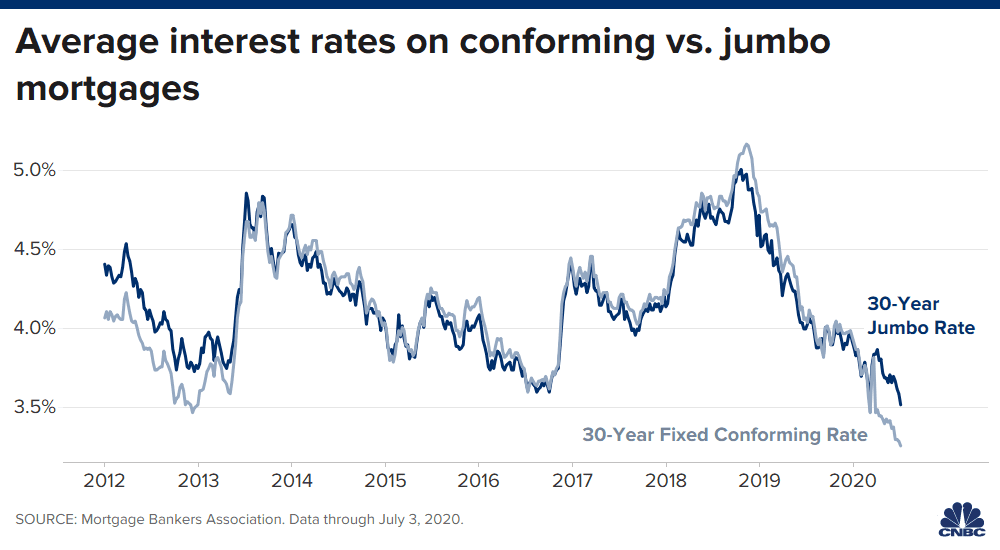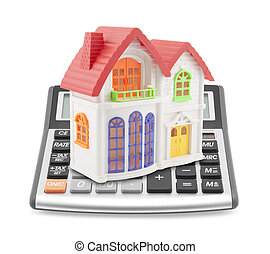
Chase offers many options to refinance your mortgage. Chase offers a cash-out refinance loan for those with less equity. There are many types of loans available from Chase, including VA loans that don't require a down payment, standard agency loans and DreaMaker loans that only require 3% down.
Chase offers a refinance loan with cash out
High-interest debt can be paid off with cash-out refinance loans. This type of loan is available for many purposes, including home improvement. This loan can also help consolidate debt. These loans typically have an interest rate that is lower than personal loans. In addition, these loans can help you meet larger expenses, like paying for a wedding or college tuition.
Chase offers HARP. This is a government-backed loan program that allows borrowers in underwater mortgages, to refinance at a reduced rate and for a longer term. HARP is open to homeowners with conforming homes and a Chase checking or savings account. The HARP expires in 2013 In addition to cash-out refinance loans, Chase offers several types of home equity loans. Home equity loans are used by many people to pay for major expenses like college, medical bills, and other expenses. The amount of home equity you can access depends on the value of your home, your monthly payments, and your credit score.

You can get a VA loan with 0% down
The VA loan program is a great choice for first-time buyers and seasoned homeowners. VA loans are not like conventional mortgages. They don't require any down payments. But you must meet certain requirements in order to qualify. For instance, your credit score must not be less than 620. Also, you need to have savings in order to purchase a home.
It is important to consider what you can afford when applying for VA loans. You may be tempted to use the low down payment to cover the funding fee, but you may want to save up for emergencies instead. It is smart to save money for unexpected repairs or maintenance. If you can afford it, you may want to consider putting down a 5% or 10% down payment.
It provides a DreaMaker loan with as little 3% down
The DreaMaker mortgage is offered by Chase for borrowers who have limited income and require a small down payment, but still want the freedom to purchase a home. The program allows borrowers to finance one to four units of property with a down payment up to 3%. Borrowers who are qualified can get lower monthly payments and reduce mortgage insurance. To help with the cost of a free course on home buying, borrowers can be granted a $500 homebuyer grant.
DreaMaker mortgage programs are not available to people earning below $120,000. In addition to offering a 3% down payment, it offers flexible funding for closing costs, reduced mortgage insurance, and lower monthly payments. DreaMaker's mortgage program is only available to owners of properties with less than 1-4 units. Chase is currently improving the program and will expand it in the near future.

You can get a standard agency loan for as low as 3% down
JPMorgan Chase quietly announced a standard agency loan program, which allows borrowers the ability to purchase a house with as little 3% downpayment. This isn’t as innovative than Wells Fargo’s YourFirst Mortgage or BofA’s Affordable loan solution. Chase's mortgage program is a great option for borrowers that don't need a lot of money.
Standard Agency is a loan designed for first-time homebuyers. It allows you to purchase a property with as little down as three percent. This loan is based only on your credit rating and not on your income. If you meet certain criteria, you may also be eligible for a Chase Homebuyer Grant. FHA loans are more flexible than conventional loans and Chase offers fixed FHA rates for its customers.
FAQ
What are the downsides to a fixed-rate loan?
Fixed-rate loans tend to carry higher initial costs than adjustable-rate mortgages. A steep loss could also occur if you sell your home before the term ends due to the difference in the sale price and outstanding balance.
How can I calculate my interest rate
Market conditions affect the rate of interest. In the last week, the average interest rate was 4.39%. The interest rate is calculated by multiplying the amount of time you are financing with the interest rate. If you finance $200,000 for 20 years at 5% annually, your interest rate would be 0.05 x 20 1.1%. This equals ten basis point.
How can I get rid Termites & Other Pests?
Termites and many other pests can cause serious damage to your home. They can cause severe damage to wooden structures, such as decks and furniture. You can prevent this by hiring a professional pest control company that will inspect your home on a regular basis.
Should I use an mortgage broker?
A mortgage broker is a good choice if you're looking for a low rate. Brokers have relationships with many lenders and can negotiate for your benefit. However, some brokers take a commission from the lenders. Before you sign up, be sure to review all fees associated.
What is a Reverse Mortgage?
Reverse mortgages are a way to borrow funds from your home, without having any equity. This reverse mortgage allows you to take out funds from your home's equity and still live there. There are two types to choose from: government-insured or conventional. Conventional reverse mortgages require you to repay the loan amount plus an origination charge. FHA insurance covers the repayment.
How do I fix my roof
Roofs can become leaky due to wear and tear, weather conditions, or improper maintenance. Roofers can assist with minor repairs or replacements. Contact us to find out more.
Statistics
- It's possible to get approved for an FHA loan with a credit score as low as 580 and a down payment of 3.5% or a credit score as low as 500 and a 10% down payment.5 Specialty mortgage loans are loans that don't fit into the conventional or FHA loan categories. (investopedia.com)
- This seems to be a more popular trend as the U.S. Census Bureau reports the homeownership rate was around 65% last year. (fortunebuilders.com)
- Based on your credit scores and other financial details, your lender offers you a 3.5% interest rate on loan. (investopedia.com)
- 10 years ago, homeownership was nearly 70%. (fortunebuilders.com)
- Over the past year, mortgage rates have hovered between 3.9 and 4.5 percent—a less significant increase. (fortunebuilders.com)
External Links
How To
How to Find an Apartment
When moving to a new area, the first step is finding an apartment. This takes planning and research. This involves researching neighborhoods, looking at reviews and calling people. You have many options. Some are more difficult than others. Before renting an apartment, you should consider the following steps.
-
Online and offline data are both required for researching neighborhoods. Websites such as Yelp. Zillow. Trulia.com and Realtor.com are some examples of online resources. Local newspapers, real estate agents and landlords are all offline sources.
-
Read reviews of the area you want to live in. Yelp and TripAdvisor review houses. Amazon and Amazon also have detailed reviews. You might also be able to read local newspaper articles or visit your local library.
-
You can make phone calls to obtain more information and speak to residents who have lived there. Ask them about their experiences with the area. Ask if they have any suggestions for great places to live.
-
Take into account the rent prices in areas you are interested in. Consider renting somewhere that is less expensive if food is your main concern. On the other hand, if you plan on spending a lot of money on entertainment, consider living in a more expensive location.
-
Find out all you need to know about the apartment complex where you want to live. How big is the apartment complex? What's the price? Is the facility pet-friendly? What amenities is it equipped with? Do you need parking, or can you park nearby? Are there any special rules that apply to tenants?